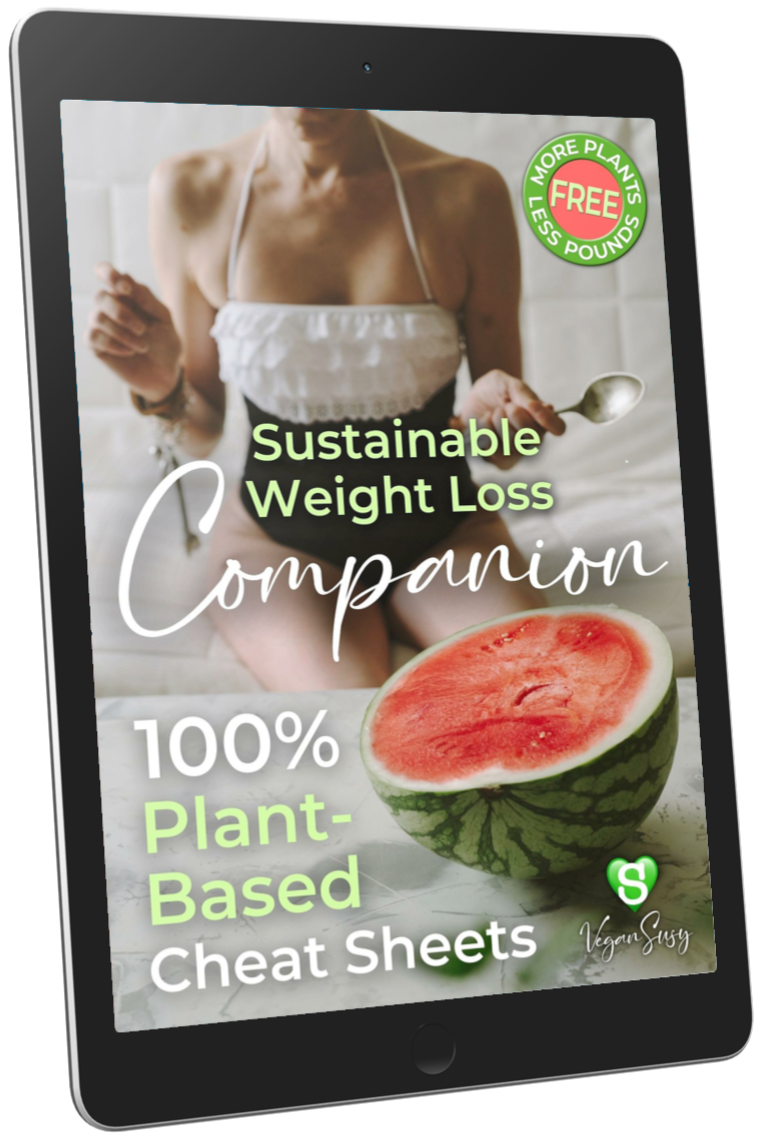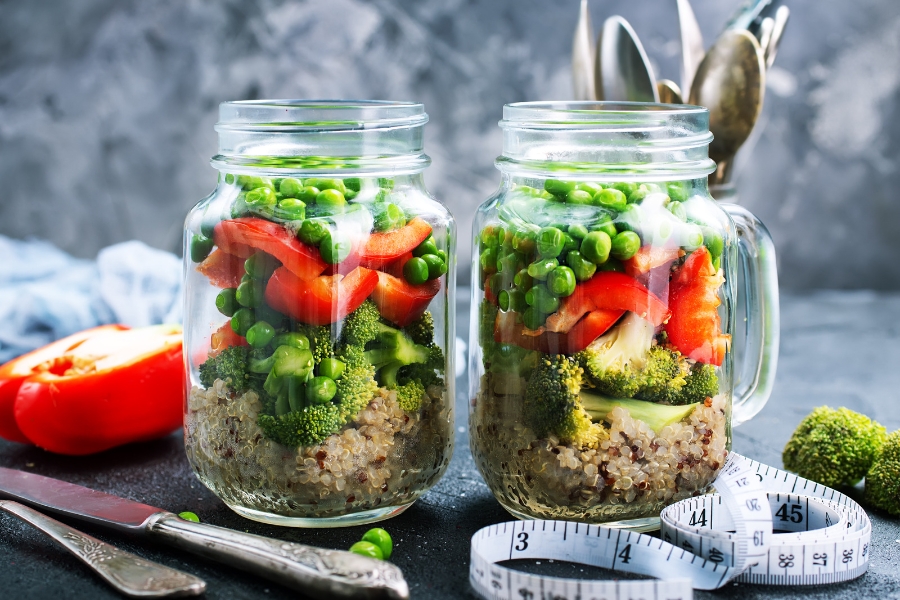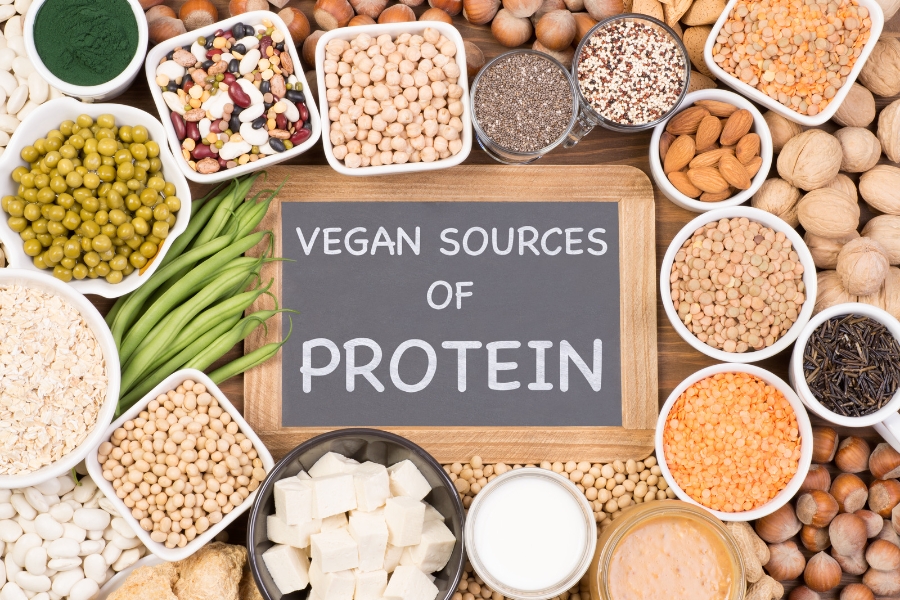
From The Exclusive Collection of FREE Plant-Based Recipes
By Plant-Based Nutrition Professional Chef Susy • Designed For Effortless Weight Loss & Weight Maintenance
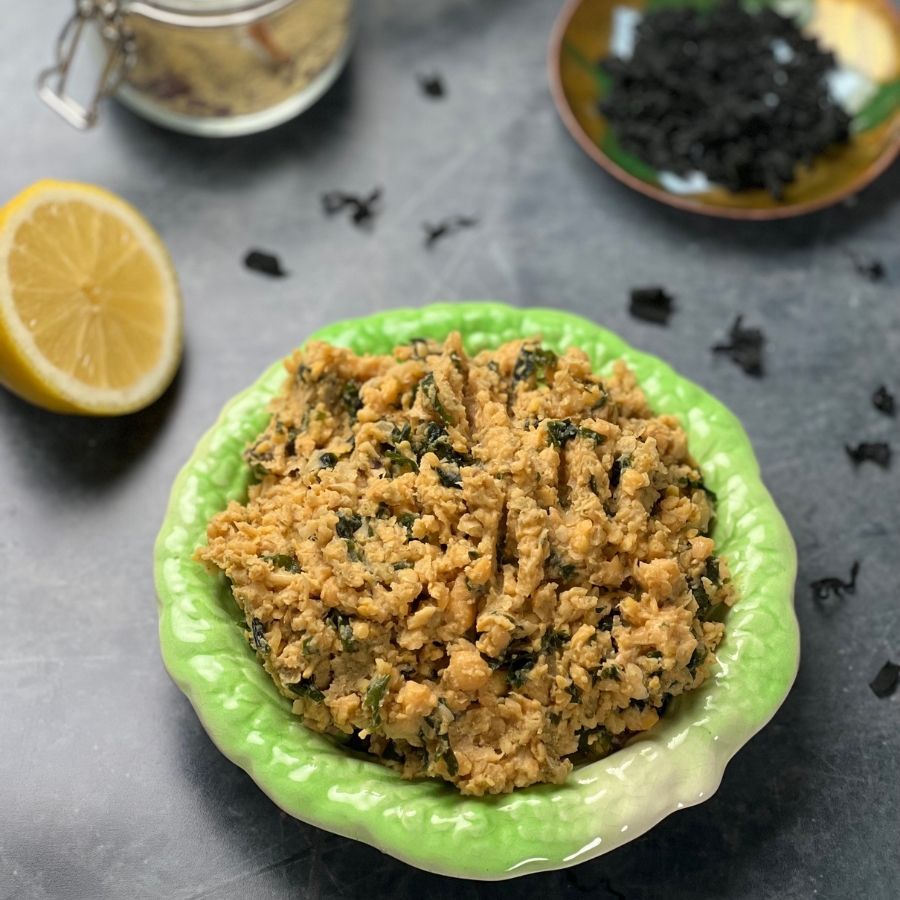
Creamy Chickpea Chuna
(Quick Vegan Tuna Recipe)
Craving tuna the vegan way?
Here’s a quick and easy recipe for vegan ‘tuna’—
the 100% plant-based ‘chickpea chuna’!

Prep Time: 15 Mins
Total Time: 15 Mins
Servings: Adjustable
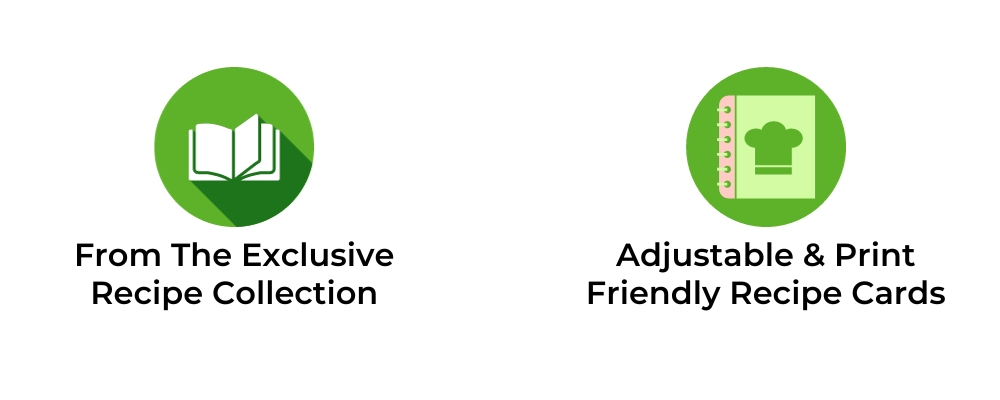
Let's Be Friends!

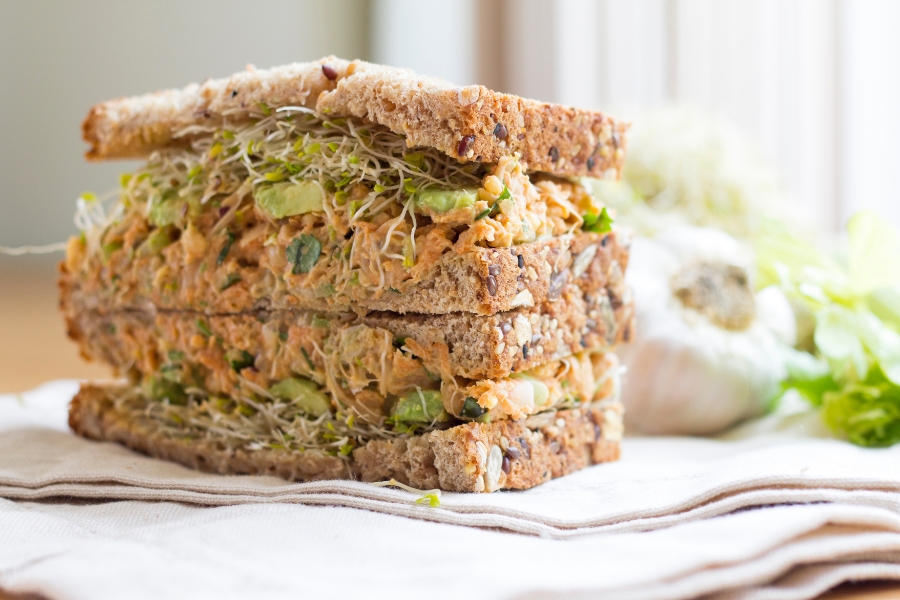
A tuna sandwich—and vegan? I’m here for it!
Vegan tuna, what I love to call ‘chickpea chuna’, is a life-saver for vegan lifestyles. It can be used as a replacement for tuna in salads, sandwiches, and on jacket spuds. So, whenever you whip together those dishes—you have a plant-based substitution that gives you an equally amazing taste!
I love tossing “tuna” into our tofu scramble breakfast and sometimes in my Mexican salad. Chickpea chuna also pairs perfectly with my high-protein, low-fat vegan mayonnaise to make a delish vegan "tuna" mayo recipe.
Try it for yourself, and you’ll eventually find the recipes you love pairing your chickpea chuna with.
Keep reading for a quick and easy recipe for vegan tuna. It’s creamy, tasty, and simply delicious!
Table of Contents
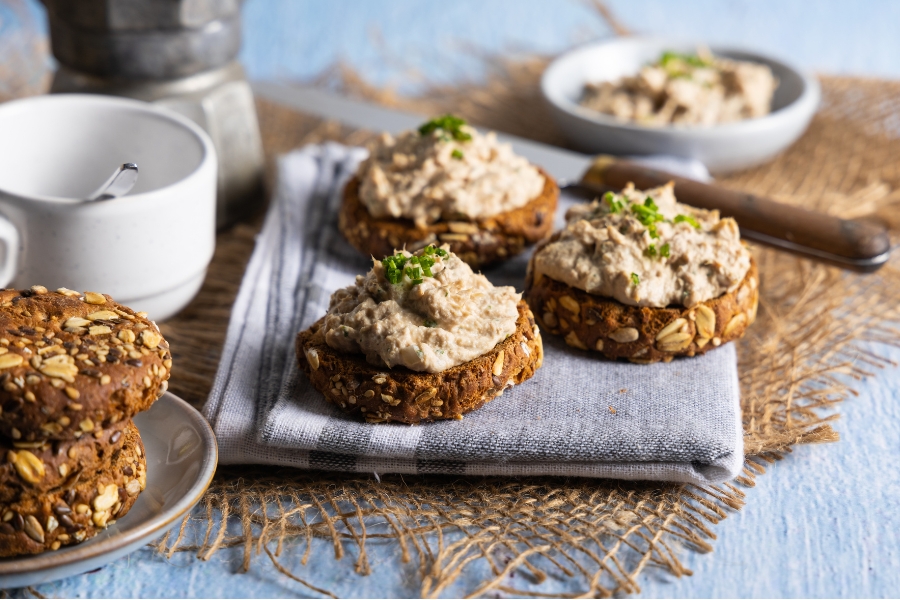
Why This Recipe Works
Chickpea chuna may sound like a crazy idea—but wait till you find out about the numerous reasons why it works.
Simple Ingredients
When I say the recipe is easy, I mean it on all levels. This chickpea chuna uses pantry staples that you either have stored at home—or can easily source at your local grocery store.
Customisable
While the original flavour is to die for, you can easily customise the recipe by adding less (or more) of your favourite ingredients. Do you love extra seasoning? Are you an extra citrusy flavour type of person? This chuna can easily adapt according to your preferences.
Healthy Alternative
Unlike tuna, which is relatively high in fats, this chickpea chuna makes for a delicious plant-based alternative. With only 190 calories (and virtually zero cholesterol), this vegan tuna is the perfect addition to a weight loss diet.
Great Source of Protein
Chickpeas are a great source of plant-based protein, which means this vegan tuna is nice and fulfilling. (As a bonus, they’re also affordable—and you can consider soaking your own dried chickpeas for even greater savings).
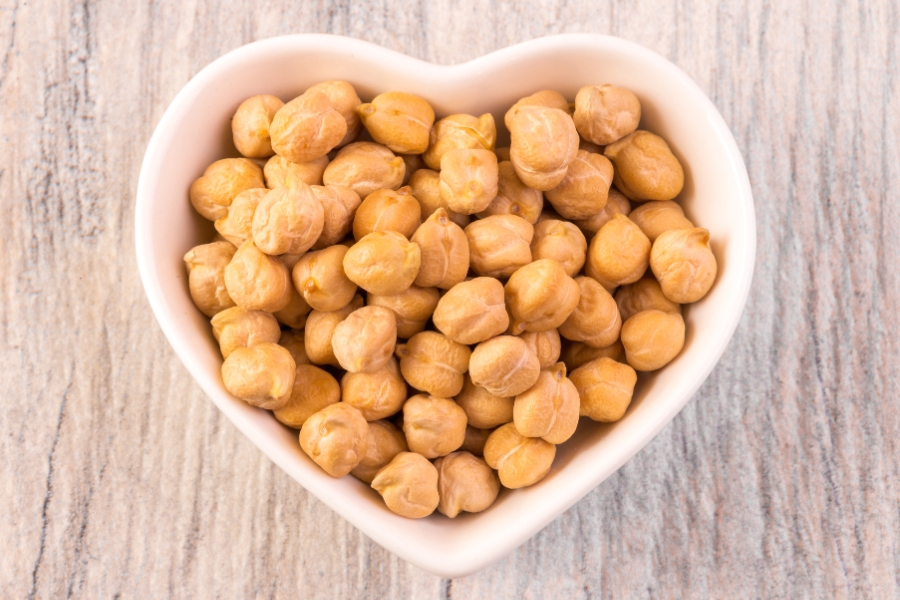
Recipe Ingredient Notes
Chickpeas
There’s much more to chickpeas than just adding them to a salad, and this chuna recipe tells us how. Chickpeas are the main ingredient for vegan tuna, and are what gives the recipe its texture. With their protein, fibre, and vitamin content, they make for a nutritious addition to the recipe.
Simultaneously, their delicate nutty flavour complements the other ingredients without overpowering them. Buying tip: Consider organic (or low-sodium) chickpeas to minimise added preservatives.
Kelp powder
Been wondering how you get the seafood-like flavour in vegan tuna (without the not-so-pleasant seafood odour)? The secret ingredient is kelp powder! The umami-rich taste of this powder imparts a subtle seafood-like flavour to the recipe, just like what actual tuna would taste like.
This means you don’t have to handle actual seaweed sheets; that’d be too hectic for a recipe we’re calling ‘easy’. Plus, kelp powder contains essential nutrients like iodine and vitamins.

Dulse seaweed flakes
I love pairing kelp powder with dulse seaweed flakes for the authentic oceanic taste. These flakes incorporate a briny (slightly salty) flavour into the recipe. This adds depth to the taste—making it reminiscent of seafood.
Plus, dulse seaweed flakes enhance the overall texture of the recipe. Personally, I think they add this subtle chewiness. These flakes are known for their high iodine content, which has plenty of health benefits for the body.
Tamari
Tamari adds a particular tanginess to the recipe. I love the salty—and savory—depth it adds to the chuna. This means it also enhances the overall umami flavour profile of the dish. Healthwise, tamari is a good source of plant-based protein and amino acids.
Lemon (freshly squeezed)
When life gives you lemons… squeeze one and make some super healthy chickpea chuna! A dash of lemon juice cuts right through the richness of chickpeas and tamari. This balances the flavours—and keeps the dish from feeling too heavy.
The tartness of lemons, of course, also adds a distinct taste to the vegan tuna. As a bonus, lemons are a great source of vitamin C—so you’re getting a boost of that essential vitamin, too.
Linseed oil
While linseed oil can be considered an optional ingredient—its health benefits mean I never miss it for my chickpea chuna. It is an excellent source of ALA, a plant-based omega-3 fatty acid that our bodies convert into EPA and DHA. This is essential for heart and brain health.
Salt and pepper
Finally, you’ll need salt and pepper to add flavour to the creamy chickpea chuna. You can adjust proportions as per your liking.
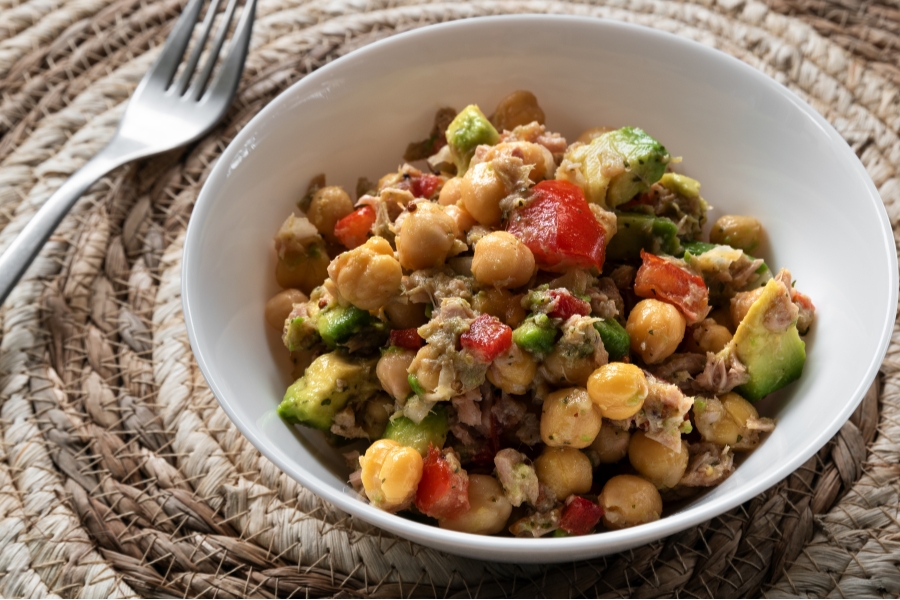
How To Make Chickpea Chuna (Vegan Tuna)
Once you have all the ingredients at hand, here’s how you can put them all together to make vegan tuna:
Empty a can of drained chickpeas into a blender. Proceed to blend them well until you get a smooth texture (or your desired consistency). Alternatively, you can crush the chickpeas with a fork. This gives a chunkier texture.
Mix all the other ingredients together. This is when you can add salt and pepper to taste as well.
And voilà, you’re done! Your creamy, plant-based chickpea chuna recipe is ready to devour on its own—or as an ingredient for other dishes.
In fact, you are now ready to make whatever taste-of-the-sea dish you wish: cheeky chuna (vegan tuna) with jacket potato, chuna and sweetcorn pasta, chuna veganaise sandwich, vegan salad niçoise, vegan "fishy" pie, the list goes on. Enjoy! 😋 💚
Variations, Ideas & Notes
The beauty of this chickpea chuna recipe lies in its adaptability. See below to understand what I mean:
Global Flavours
Mediterranean: Infuse your chuna with sun-dried tomatoes, chopped Kalamata olives, and lemon juice for a taste of the Mediterranean.
Thai: Add some red Thai curry paste, lime juice, and fresh coriander (cilantro) for a Thai twist.
Cajun: Spice things up with a pinch of cayenne pepper, smoked paprika, and finely chopped spring onions (scallions).
Ingredient Swaps
No kelp powder? No problem! Use a nori seaweed sheet instead. Toast it lightly, crumble it, and add it to the recipe for a similar umami flavour.
If you don't have dulse flakes, a sprinkle of sea salt can add similar brininess.
As a tamari substitute, a splash of vegan soy sauce can be used.
Pro Tips For Creamy Chickpea Chuna (Quick Vegan Tuna)
If you’re looking to master the vegan tuna recipe, here are a number of pro tips to keep in mind:
The recipe can be made from dry uncooked chickpeas. These are much cheaper and can make much more. (Tip: When boiling, add a bay leaf and garlic clove).
Looking for an even smoother texture? Remove the chickpea skins before blending. You can do so by simply soaking your chickpeas for at least an hour. Then, gently rub them between your fingers to loosen the skins. They should easily slip off.
Store leftover chickpea chuna in an airtight container in the refrigerator (this will last for up to 3 or 4 days).
Frequently Asked Questions
Can I use dried chickpeas instead of canned chickpeas?
Yes, you can. In fact, dried chickpeas are less expensive. (Note that they have a slightly nuttier flavour too).
Is vegan tuna good for a fat-loss diet?
You bet! Vegan tuna can really help with fat-loss diets. It is packed with protein (which means you stay full for longer periods). Plus, it is oil-free. And—if you compare it with regular tuna—it’s also lesser in fat content.
Can I make this recipe without kelp powder or nori seaweed?
Yes, you can omit both ingredients. The only difference: the chickpea chuna will taste a bit milder. So, it you’re OK with that—go for it 😋
What does chickpea chuna taste like?
It has a creamy, savory, and slightly tangy taste, similar to traditional tuna salad.
Can I make it soy-free?
Yes! Just use a soy-free vegan mayo or mashed avocado instead.
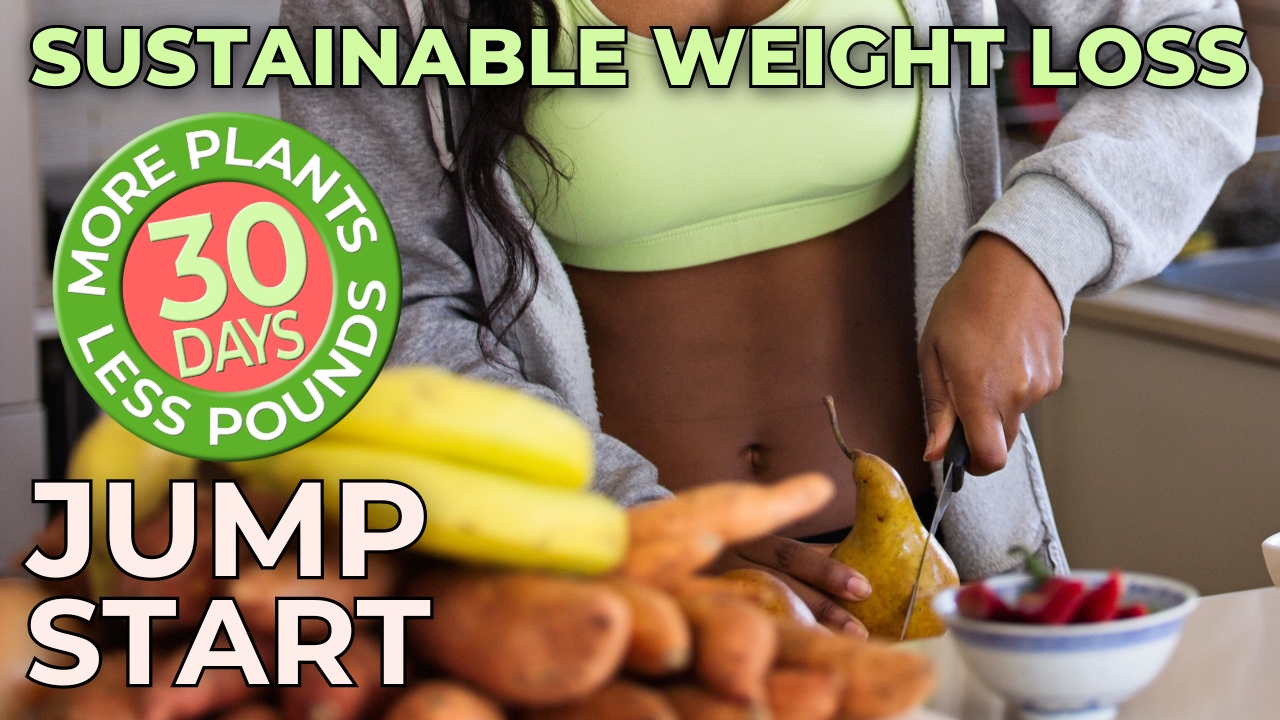
More Free Resources
Empower Yourself: Embark on a Delicious Fat Loss Adventure

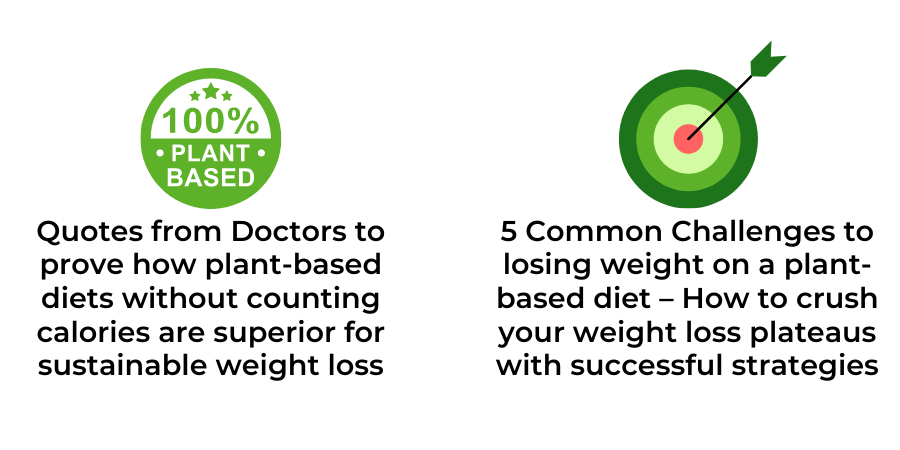
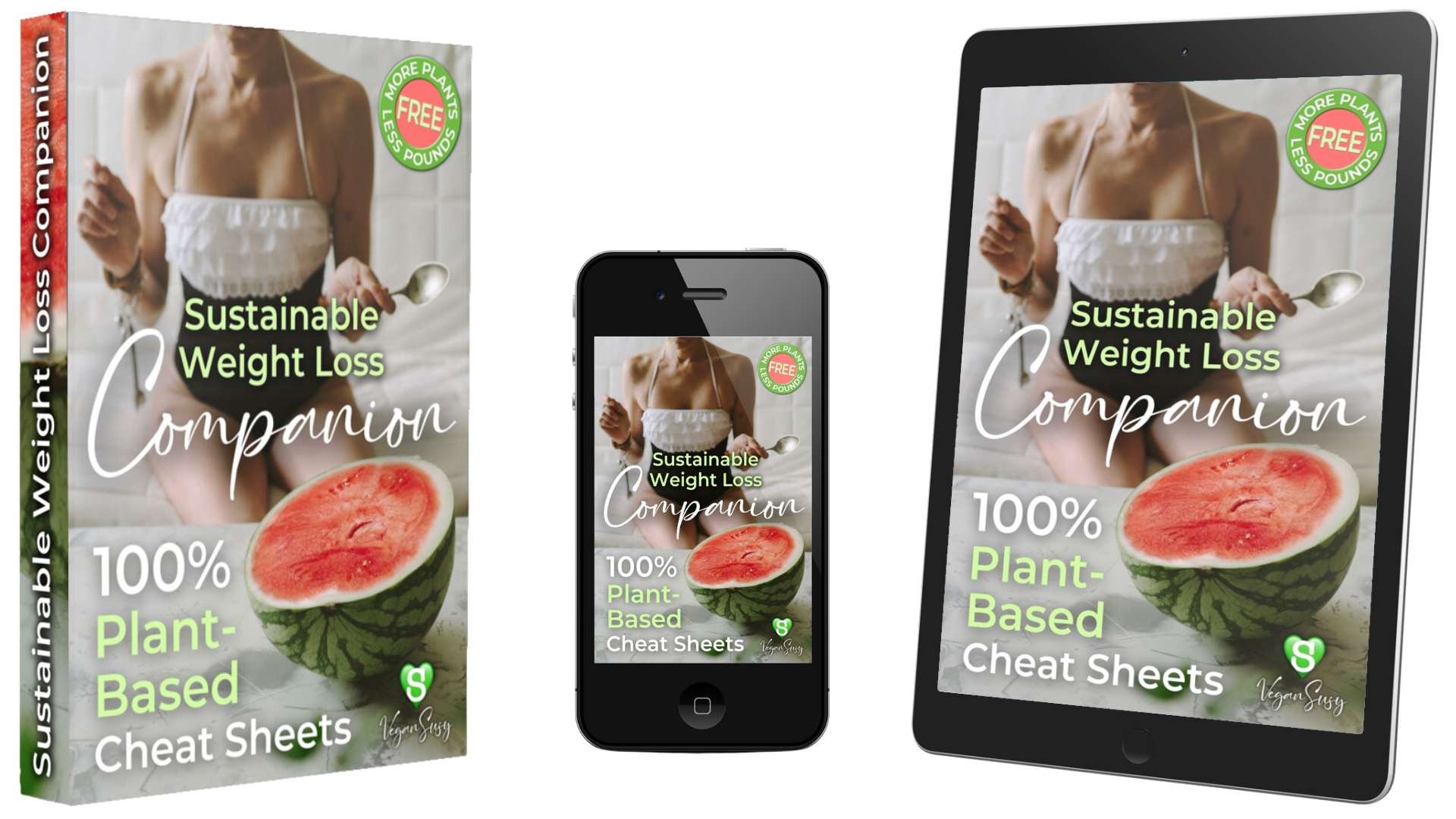
🍉 Get Ready to Jump Start Your Fitness Goals AND DISCOVER A HEALTHIER YOU!
🍉 Let's Make Your Fat Loss & Optimum Health Journey a Delicious Success Story!
🍉 Get The FREE Sustainable Weight Loss Companion eBook and CHEAT SHEETS!
© 2025 VeganSusy Ltd. All Rights Reserved




